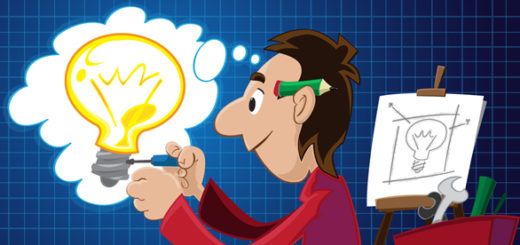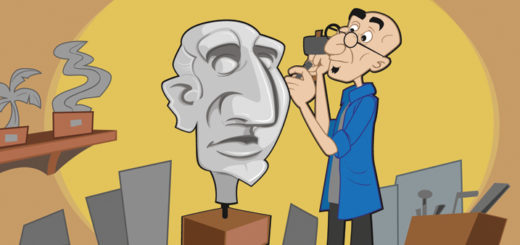A good thing and a bad thing about designing board games
There’s a good thing and a bad thing when it comes to designing board games:
The good thing is that anyone can do it.
Literally, anyone can design a board game. You don’t need to have any programming skills, you don’t need to have gone to an art school, you don’t even need a college degree. Even though all these can help, none of them is necessary. The only thing you need in order to start designing your game is… a napkin (or any other blank piece of paper 🙂 ).
Honestly, that’s all it takes! A piece of paper to start writing down your ideas and gradually convert them to a prototype. Obviously, you are going to need a few more things along the way (especially if you reach the point where you want to show your game to a publisher) but to make those first steps nothing else is required. With video games, you’d need lots of different skills (programming/graphics/sounds & music – or at least a team of people having those skills) before you even start thinking about creating a game. With a board game, things are much simpler. You can design a game entirely on your own, just using everyday materials.
This is very important.
It makes our craft accessible. It makes it easy for someone to start working on a game. It allows for people to easily test ideas they have and develop them to actual playable games.
It makes it easy for dreams to become reality.
However, there’s also a bad thing when it comes to designing board games:
The bad thing is that anyone can do it.
The fact that it is so easy to start designing a board game, makes people not realize all the hard work it requires. Very often you will see someone playing a game and thinking “hey, I could design something like that” not having the slightest clue of what it means to actually do so. Even if they put their ideas to paper and create a prototype, it ends up nothing like what they had in mind.
Game design has a lot of nuances. Countless things you need to account for, even when designing the simplest of games. Numerous details that make a huge difference in how the players perceive it and whether it’s fun for them or not. Whole books are written on these matters and even professionals with many awards and recognitions don’t always get it right.
Yet, all this is invisible to the person with the idea.
You can see it when you start to explain to him why his prototype doesn’t work, where is the problem in his game and what he should do to fix it. He looks at you and you can clearly see his thoughts at that moment: “What is this guy talking about? My game is awesome and he is a fool for not seeing it!”
The message in these cases is clear: Just because everyone has the tools to design a board game, doesn’t mean everyone can actually design a board game.
Luckily, not all aspiring designers are like that. The ones that take it seriously will listen to feedback and will use it to improve their game. They will read books and articles on the design process and will educate themselves. They will see that this is not a small hill they are trying to climb but a whole mountain. And they will prepare for that.
BE that kind of designer. TAKE that first step and draw into that napkin in front of you. But be aware that there is a long road ahead. It won’t be easy, but if you are willing to go with it, you will enjoy every single moment of it!



